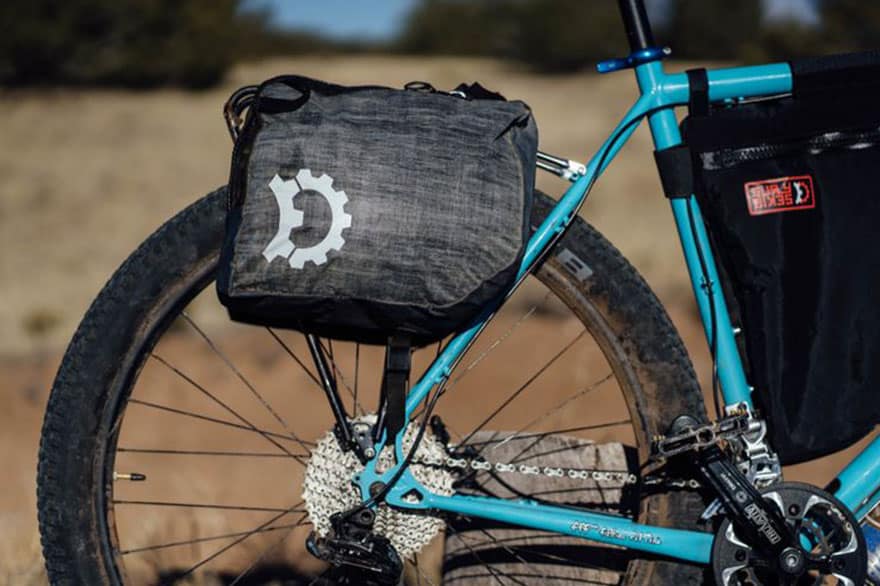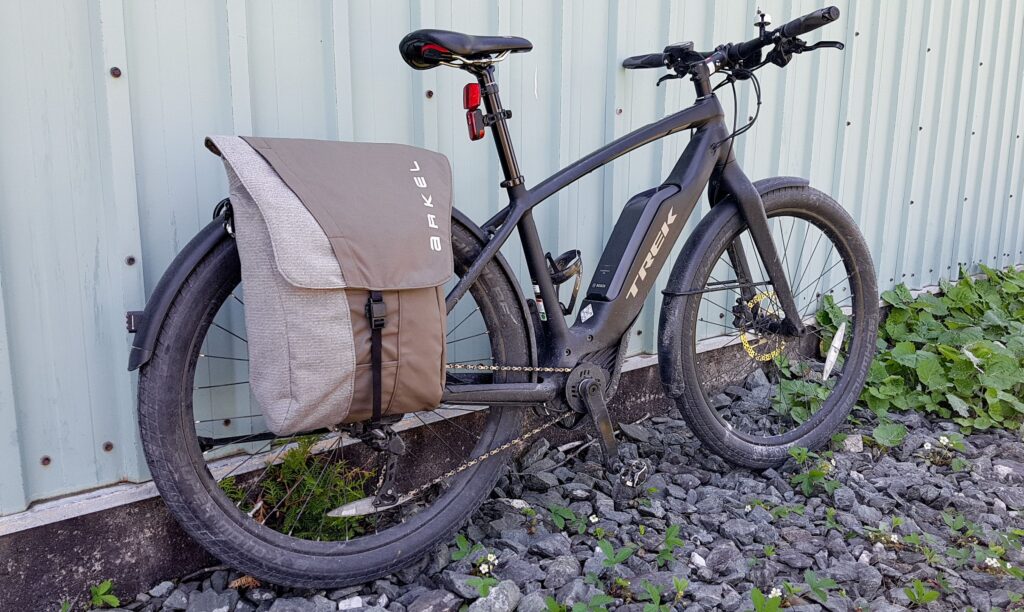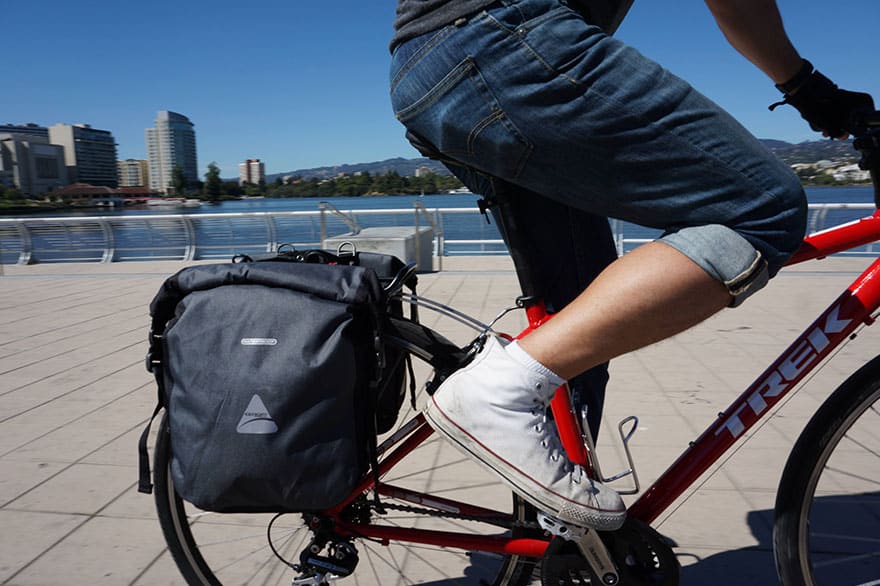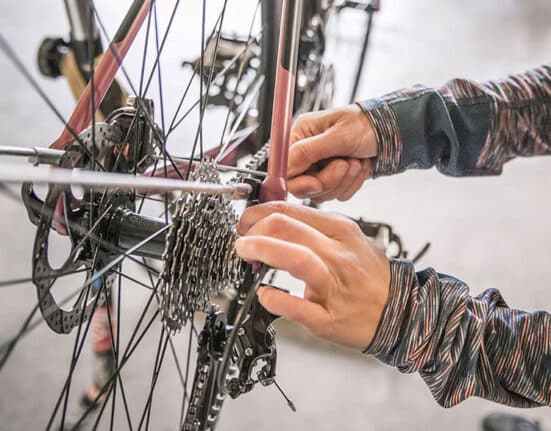Introduction
Commuting by bike isn’t just a trend—it’s a smart, sustainable lifestyle choice. Whether you’re dodging traffic jams, cutting fuel costs, or shrinking your carbon footprint, cycling to work offers unmatched perks. This SEO-optimized guide unpacks the practicality, financial savings, and eco-friendly advantages of bike commuting, plus actionable tips to make your ride seamless.
1. Why Bike Commuting? The Triple Win
- Save Money: Ditch gas, parking fees, and public transport costs.
- Stay Healthy: Burn calories, boost energy, and reduce stress.
- Protect the Planet: Swap CO2 emissions for clean, green travel.
Quick Stat: The average car commuter spends $10,000+ yearly on fuel, insurance, and maintenance. Bike commuters save ~90% of these costs.
2. Practical Tips for Bike Commuting
Choose the Right Bike
- Hybrid Bikes: Versatile for city streets and light trails.
- Folding Bikes: Perfect for mixed-mode commutes (bike + train).
- E-Bikes: Conquer hills and longer distances effortlessly.
Pro Tip: Opt for puncture-resistant tires and a rear rack for bags.
Plan Your Route
- Use apps like Komoot or Google Maps (bike mode) to find safe, scenic paths.
- Test your route on a weekend to gauge time and difficulty.
Gear Essentials
- Waterproof Backpack/Panniers: Keep work clothes and gadgets dry.
- Lights & Reflectors: Stay visible in dawn/dusk hours.
- Lock: Invest in a sturdy U-lock to deter theft.

3. Financial Benefits of Bike Commuting
Breakdown of annual savings for a 10-mile round-trip commute:
| Expense | Car Cost | Bike Cost |
|---|---|---|
| Fuel/Public Transport | $1,500+ | $0 |
| Parking | $800 | $0 |
| Maintenance | $1,200 | $100 |
| Total Savings | $3,500+ | $3,400+ |
Bonus: Many employers offer bike commuter benefits (tax savings, reimbursement for gear).
4. Eco-Friendly Impact of Cycling
- Carbon Savings: A 10-mile daily bike commute cuts ~2.6 tons of CO2/year vs. driving (EPA).
- Reduce Traffic Congestion: Bikes take 1/10th the space of cars.
- Quieter Streets: Cycling slashes noise pollution by up to 75%.
Did You Know? Manufacturing a bike uses 5% of the resources needed to build a car.
5. Overcoming Common Challenges
Sweat & Work Attire
- Pack clothes in a pannier; use baby wipes for a quick freshen-up.
- Install fenders to avoid mud splatters on rainy days.
Long Distances
- Start with 1–2 days a week.
- Combine biking with public transit (many buses have bike racks).
Bad Weather
- Layer clothing and invest in waterproof gloves/jacket.
- Studded tires handle snow; mudguards block rain spray.

6. Safety First: Rules for Urban Cycling
- Follow Traffic Laws: Stop at lights, signal turns, and ride with traffic.
- Be Predictable: Avoid weaving; use bike lanes where available.
- Defensive Riding: Watch for car doors opening and right-turning vehicles.
7. Real-Life Success Stories
- Sarah, Portland: “Biking to work saved me $200/month—and I lost 15 pounds!”
- James, London: “My 30-minute ride is faster than the Tube. Plus, no more gym fees!”
FAQs: Bike Commuting 101
Q: How do I carry my laptop safely?
A: Use a padded pannier or backpack with a chest strap.
Q: Is bike commuting safe in busy cities?
A: Yes! Stick to bike lanes, wear bright gear, and stay alert.
Q: What if I don’t own a bike?
A: Try bike-share programs or rent-to-own options from local shops.
Conclusion
Bike commuting is a win-win-win: lighter on your wallet, kinder to your body, and gentler on the planet. With the right gear, route, and mindset, you’ll wonder why you didn’t start sooner. Ready to join the movement? Dust off your bike, map your route, and pedal toward a smarter commute.










Leave feedback about this